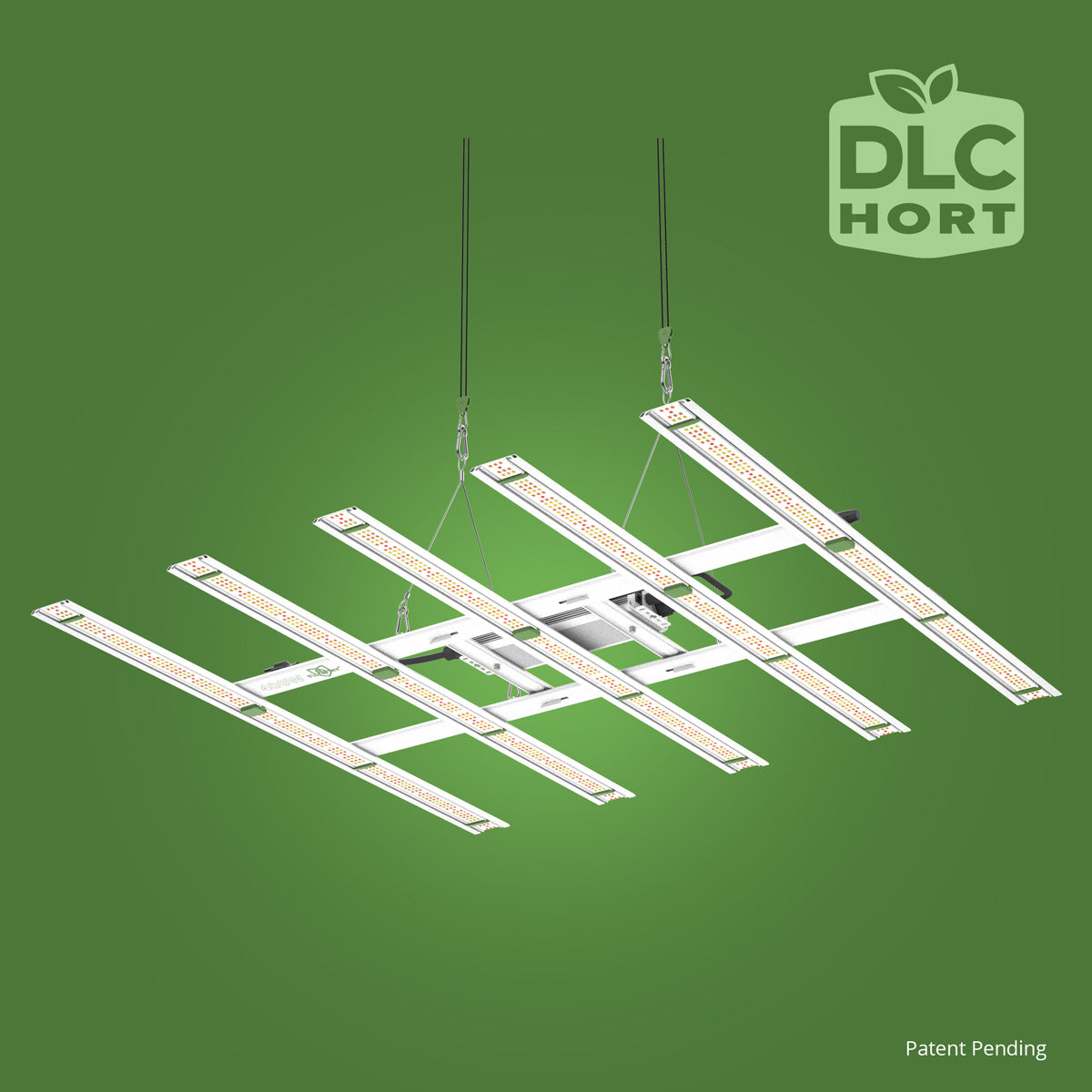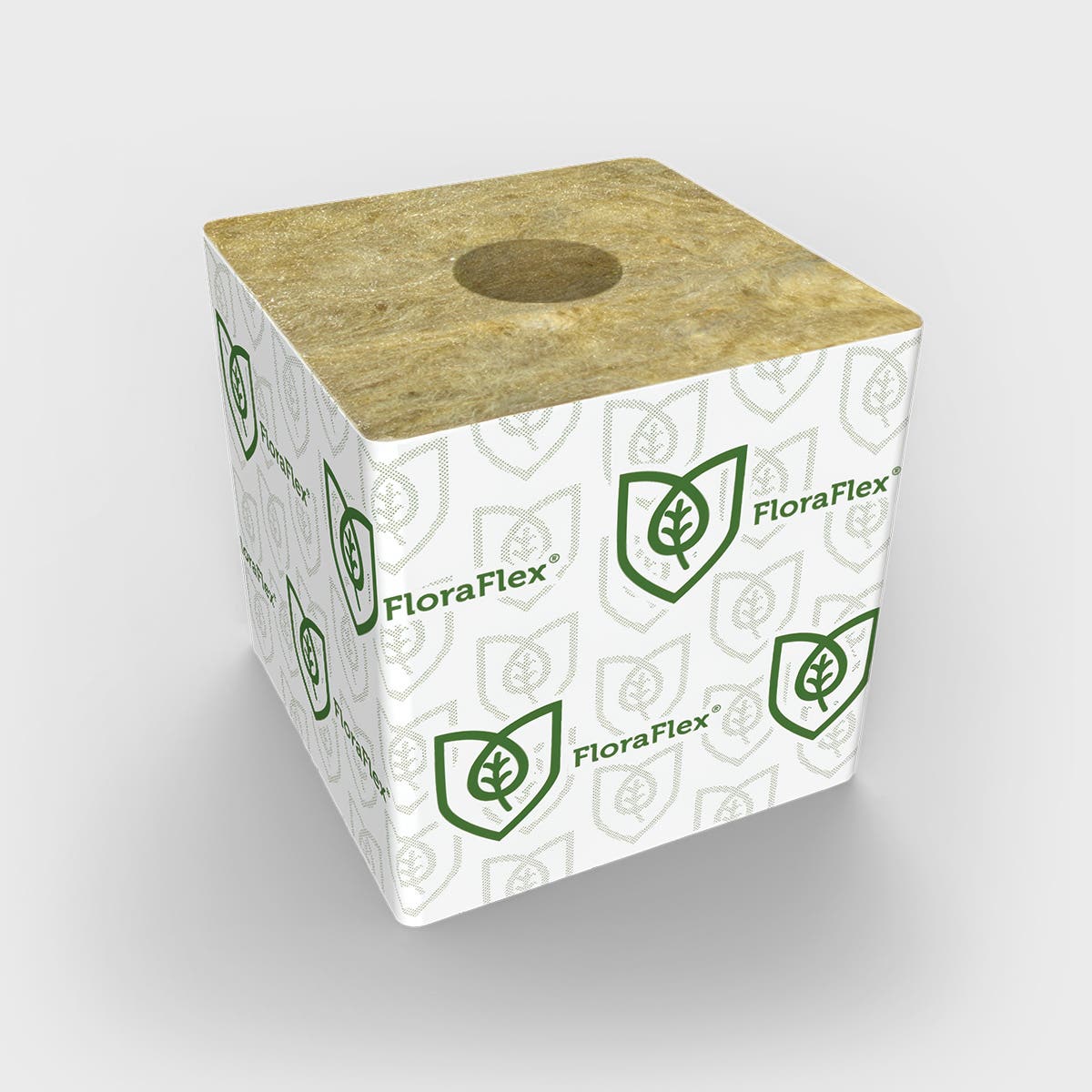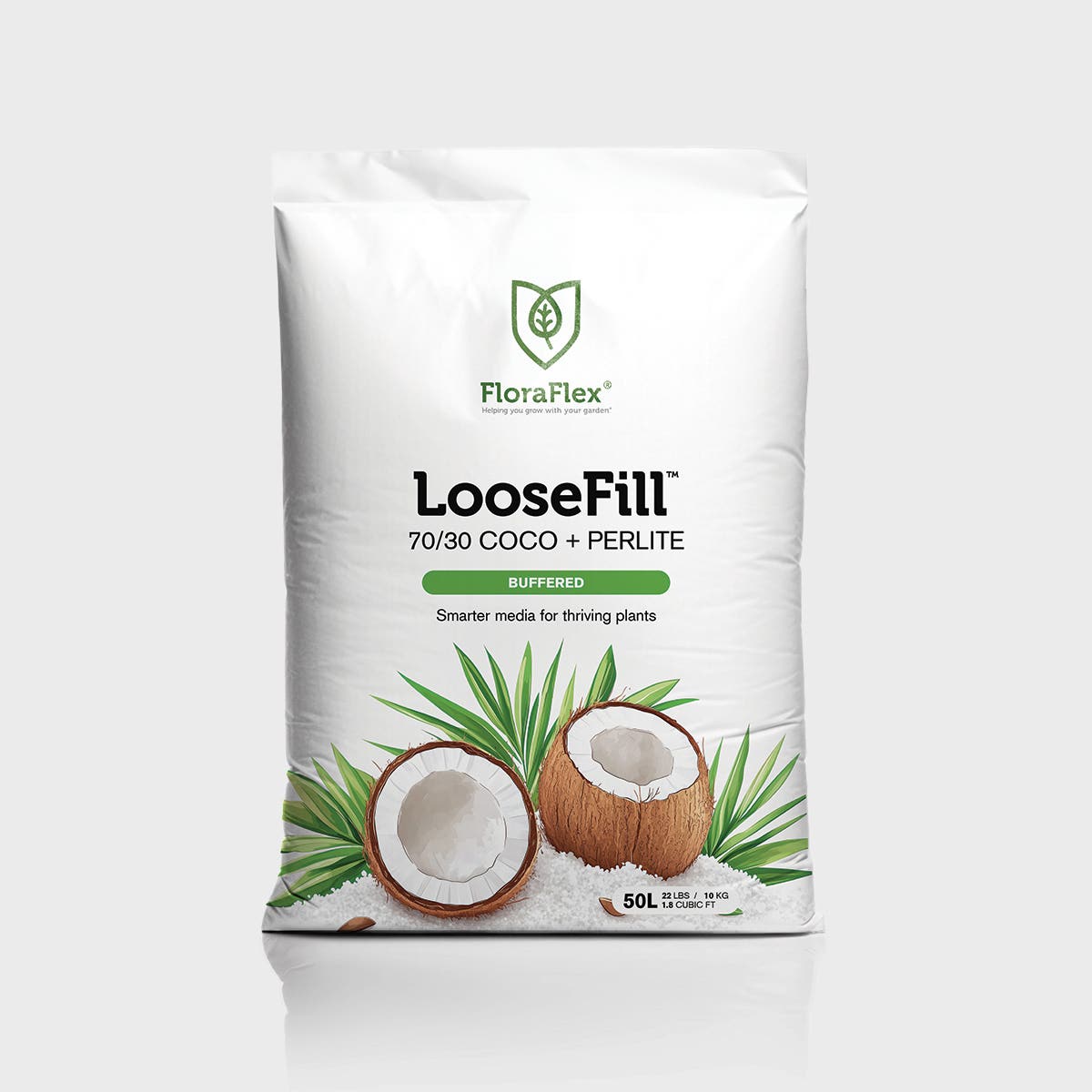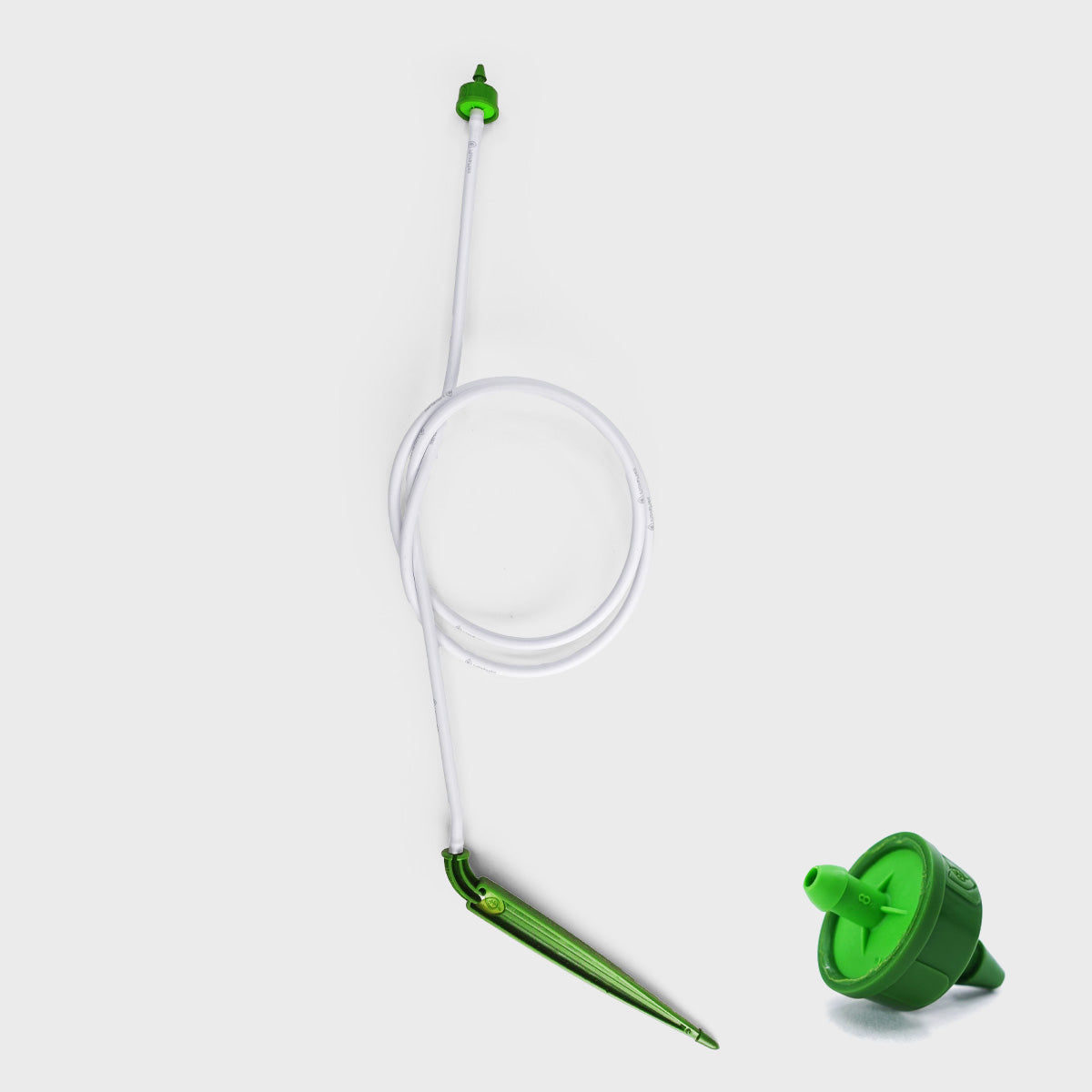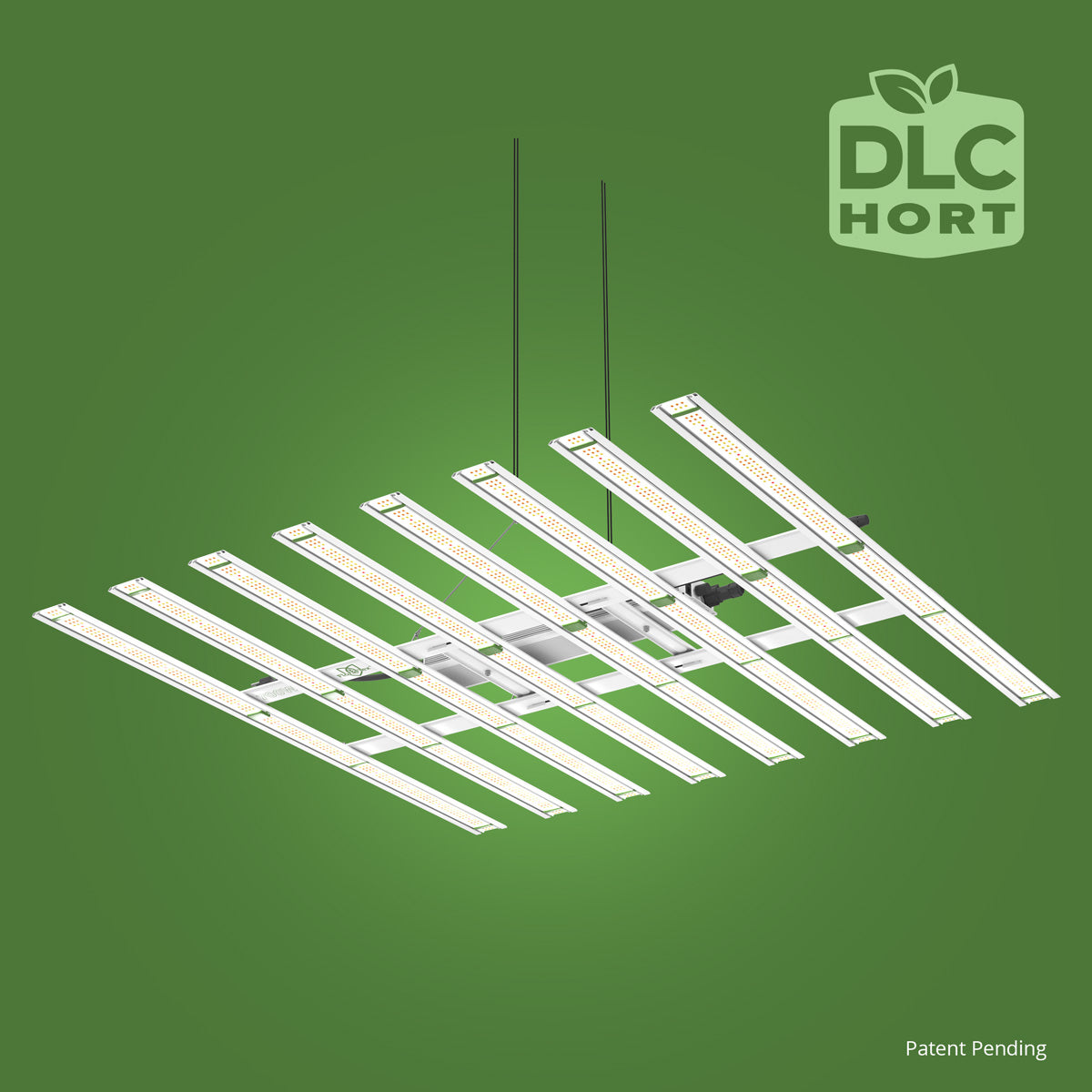Step 1: Preparation
Before transplanting your cannabis clones, it's essential to prepare everything you'll need. Here's what you should gather:
- New Containers: Choose appropriately sized containers based on the anticipated growth of your clones. Ensure they have drainage holes to prevent waterlogging.
- Growing Medium: Select a high-quality growing medium that promotes proper drainage and nutrient uptake. Popular options include coco coir, peat moss, and perlite.
- Watering Can: Have a watering can or a similar device ready for watering the clones after transplanting.
- Transplanting Tools: Gather tools such as a trowel, gardening gloves, and scissors for handling and transplanting the clones.
- Water: Fill a container with clean, pH-balanced water to hydrate the clones after transplantation.
- Protective Environment: Prepare a suitable growing space with proper lighting, temperature, and humidity levels to ensure the clones' well-being.
Step 2: Preparing the Clones for Transplant
Before moving the clones to their new containers, it's crucial to follow these steps to prepare them for transplantation:
- Watering: Thoroughly water the clones in their current containers a day or two before the planned transplant. This ensures they are adequately hydrated and helps minimize stress during the process.
- Gentle Removal: Carefully remove the clones from their current containers. Gently hold the base of the clone while supporting the root system to avoid damaging the delicate roots.
- Root Inspection: Take a close look at the roots to ensure they are healthy and well-developed. Trim any damaged or excessively long roots using clean scissors or shears.
- Root Dip: Optional but beneficial, consider dipping the root system of each clone in a rooting hormone solution to promote faster root development and increase transplant success rate.
Step 3: Transplanting the Clones
With the preparations complete, it's time to transplant the cannabis clones into their new containers. Follow these steps for a smooth and successful transplantation:
- Fill Containers: Fill each new container with the chosen growing medium, leaving a sufficient space at the top for watering.
- Create a Hole: Using a trowel or your fingers, create a hole in the center of each container large enough to accommodate the clone's root system.
- Place the Clone: Gently place the clone into the hole, ensuring that the root system is fully submerged in the growing medium.
- Backfill: Carefully fill the hole around the clone's root system with the growing medium, ensuring it is evenly distributed and that no air pockets remain.
- Lightly Press: Lightly press down on the growing medium around the base of the clone to provide stability and establish good soil-to-root contact.
- Watering: Immediately after transplanting, water the clones thoroughly but gently, ensuring that the growing medium is adequately moistened without becoming waterlogged.
- Support if Needed: If the clones are tall or have weak stems, consider providing support, such as a bamboo stake or plant tie, to prevent bending or breaking during the early stages of growth.
- Protective Environment: Place the newly transplanted clones in their designated growing space, ensuring they receive appropriate lighting, temperature, and humidity levels.
Step 4: Post-Transplant Care
To maximize the success of the transplant and ensure healthy growth, pay attention to the following post-transplant care tips:
- Monitor Moisture: Keep a close eye on the moisture levels in the growing medium. Avoid overwatering, which can lead to root rot, but also prevent the medium from drying out completely.
- Lighting and Nutrients: Provide adequate lighting and consider gradually introducing nutrients suitable for the vegetative stage. Follow the manufacturer's instructions for proper dosage and application.
- Temperature and Humidity: Maintain optimal temperature and humidity levels in the growing environment, ensuring they align with the specific needs of the clones and the stage of growth.
- Transplant Shock Recovery: Some clones may experience transplant shock, characterized by temporary wilting or stunted growth. This is normal. Be patient and continue providing optimal care until they recover and resume healthy growth.
By following these steps and providing attentive care, you can ensure a successful transplantation process for your cannabis clones. Remember that each clone is unique, and slight adjustments to the transplanting process may be necessary based on the specific needs of the strains you are cultivating.

